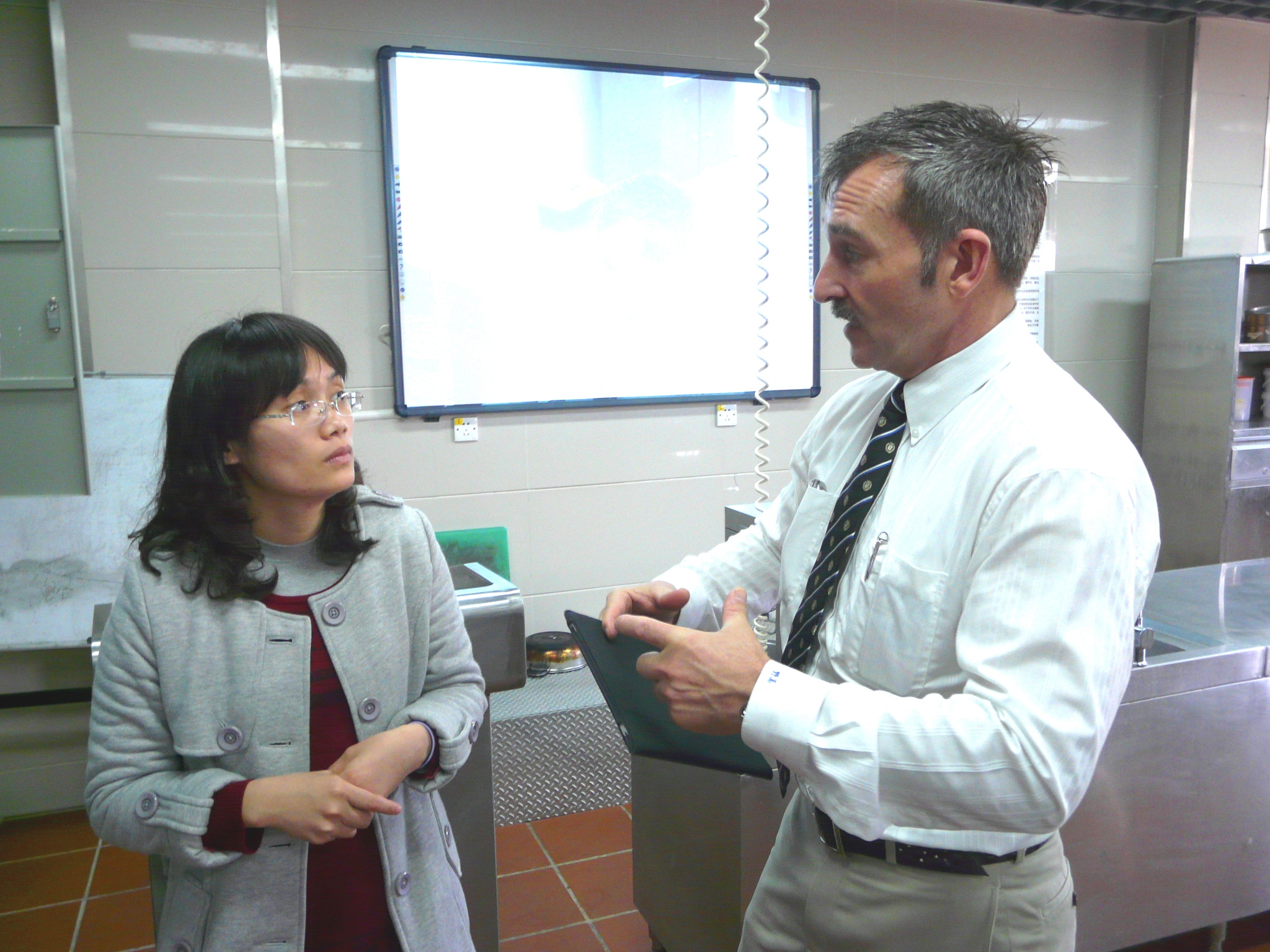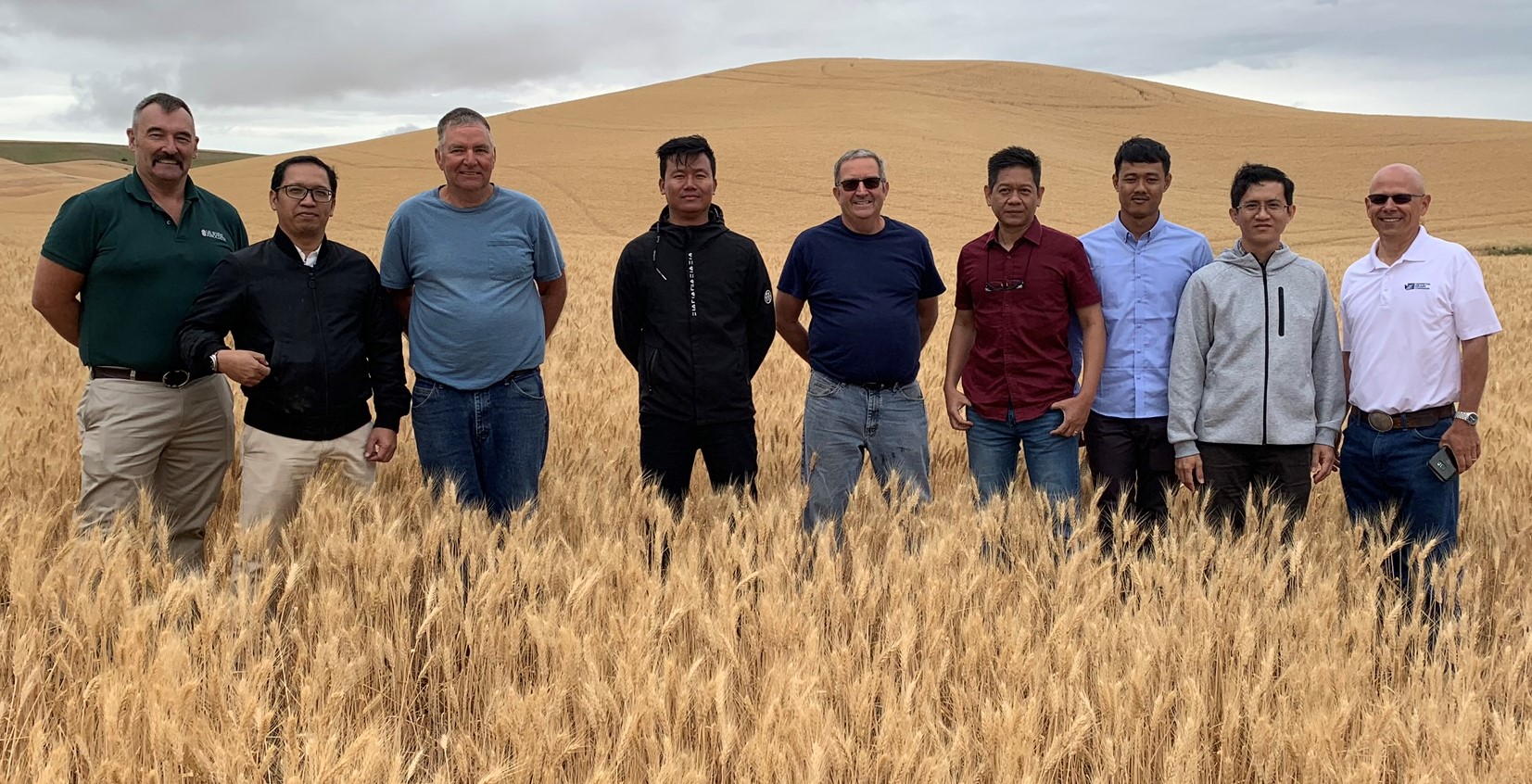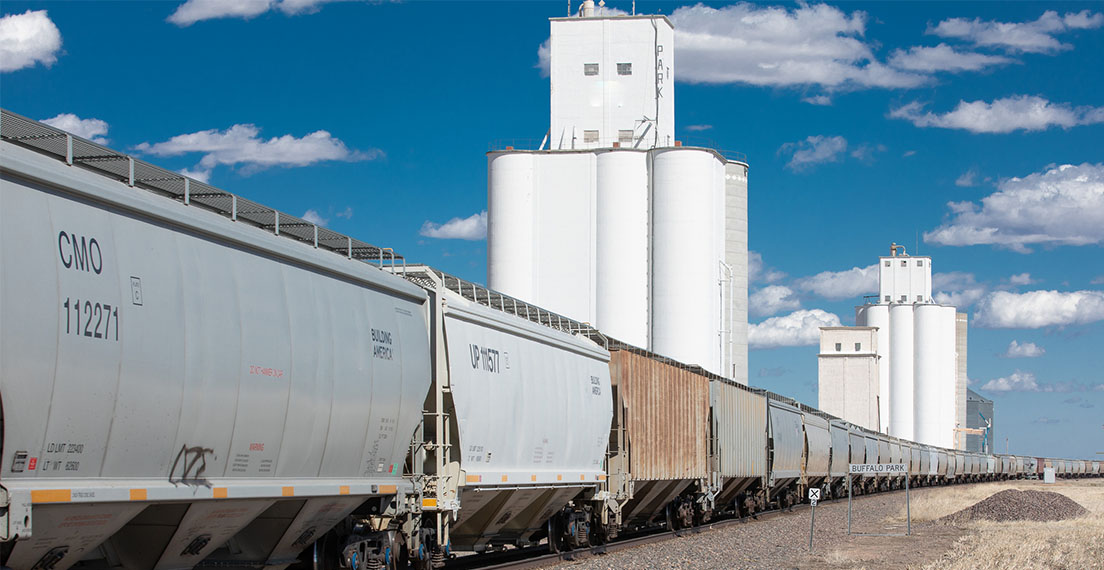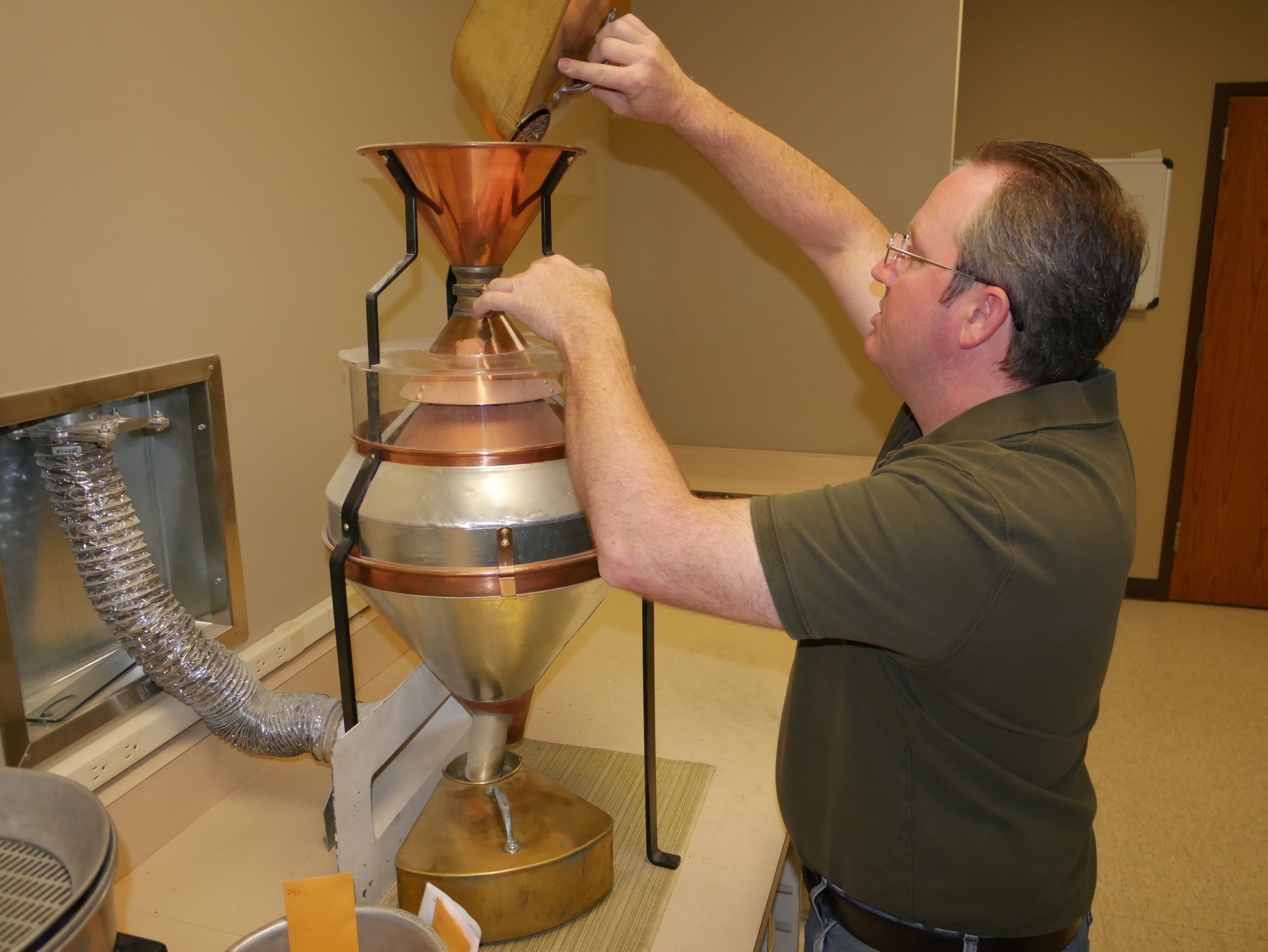U.S. Wheat Associates (USW) will sadly say goodbye to our long-time colleague and friend Matt Weimar who is leaving his Singapore-based position as Regional Vice President for South Asia and Senior Advisor for Asia on Sept. 1, 2021, to pursue new interests.
USW President Vince Peterson notes that U.S. wheat producers have been well served by the export market development organization that they envisioned and created decades ago.
“But the bottom line of that success has come from many decades of effort by people like Matt Weimar who have dedicated their entire careers to the service of our industry,” he said.
Several of Matt’s colleagues wanted to share the following thoughts and best wishes.
Vince Peterson, USW President
“Matt’s dedicated career has been an exemplary example of the ‘boots on the ground’ philosophy U.S. wheat producers embedded into their organization. That involves living in our customers’ regions, getting to know them and their business interests personally, and building a long-term, lasting level of confidence and trust. It allows USW to effectively promote wheat exports to these markets and constructively address any problem that may occur.”

Matt Weimar, right, with Ms. Sisi Xu, Director, Sino-American Baking School, Guangzhou, China.
“Matt’s success for USW in Asia is well known, recognized and respected by our customers and state-side organizations and farmers he has worked with over these many years. He will be highly missed by all of us on both sides of the Pacific, but his legacy and friendship will endure. Matt leaves USW not only with our thanks, but also our very best wishes as he begins this next chapter in his life.”
Shirley Lu, USW Country Director, China
“Matt has been a mentor to me before and after I joined USW, and I am always grateful for his support and guidance. He led the team, taught, shared, and encouraged us. He has done so much for so long that it is impossible to single out individual things he achieved. His dedication to the Chinese market has laid the groundwork for the successes we have enjoyed recently. Our friends in China as wheat buyers, millers and food processors enjoyed the good relationship he built between the industry and USW, and they have been missing him a lot. Although sad to see him retiring, we are so happy that he will return to Hong Kong, where we can remain in touch!”

USW Director and Washington farmer Gary Bailey, Matt Weimar, USW VP, Global Technical Services Mark Fowler and USW Bakery Consultant Roy Chung visiting the United Flour Mills (UFM) Baking and Cooking School in Bangkok, Thailand.
Jeff Coey, USW Regional Vice President, China and Taiwan
“In USW’s world, every overseas posting presents unique challenges, and there is no book that outlines what new colleagues need to know about any particular market. So, I was very lucky to have Matt as a predecessor in the greater China markets. When I had a question, and I had many, behind every answer was a background story, and you did not get the lesson without the story behind it. Fortunately for me, Matt was unstinting with his time and was always ready with the stories and lessons.”

Janice Mattson, Past USW Chairperson and Montana wheat farmer, Pansy Lam, Retired Associate Regional Director, China/Hong Kong, Matt Weimar, Peng Fei Zhong, Deputy General Manager, Guangdong Baiyan Grain & Oil Industrial Co., Ltd. retired USW President Alan Tracy, and Philip Zhou, President, Sino-American Baking School, attended the China International Baking Industry Expo in Shanghai in 2011.
“Besides his embodiment of ‘institutional knowledge,’ Matt had built many strong relationships as he conducted trade service and technical support for customers year by year over decades. Whether it be with growers, mills, traders or staff, Matt set a great example for me and for the others who worked with him. I will always be grateful for his support and wish him well in whatever adventures come next.”
Joe Sowers, USW Regional Vice President, South Asia (effective Sept. 1, 2021)
“After a long and productive career with USW, I’d like to congratulate Matt on his immense and lasting impact, guiding offices and personnel and managing operations across much of the Asia Pacific region. During his tenure in South and Southeast Asia, Matt quickly built strong and meaningful relationships with key players, gaining their trust, and helping businesses thrive and grow. His success is evidenced by U.S. wheat sales increasing at a rate and scale unparalleled anywhere in the world during his time in the region. Matt led successful marketing efforts with his unique and energetic enthusiasm for initiating innovative programs. All of us in the Singapore and Manila offices wish him the best in his future endeavors.”

Matt Weimar (left) travelled often back to the United States with regional trade teams. Here, he is with a Thailand milling team at Bailey Farms in Whitman County, Washington. Glen Squires, CEO, Washington Grain Commission (right) joined the team in 2019.
Glen Squires, Executive Director, Washington Grain Commission
“Congratulations Matt on your exemplary years of enthusiastic service to the U.S. wheat farmer. Matt was the first USW overseas employee I met as we touched down in Hong Kong on board team travel with Rick Callies (retired). Since that time Matt has always been a go-to person for insight, expertise and guidance about various markets. His relationships and efforts with millers/buyers and foreign government officials, along with knowledge of all things China and subsequently South Asia have provided detailed value to us all. No one can hold a candle to Matt’s unbelievable memory, attention to detail and knowledge of individual people and companies. Matt, on behalf of the Washington Grain Commission, thank you for all you have done to help expand and solidify the use of U.S. wheat in oversea markets.”
Matt, from all of us at USW, 再见, 祝你好运, 亲爱的朋友.

In the photo at the top of this page, USW colleagues joined Matt Weimar at a 2014 event celebrating the 30th anniversary of long-time educational partner the Sino-American Baking School in Guangzhou, China. Left to right: Shirley Lu, Country Director, China; Kaiwen Wu, Marketing Specialist, China; the late Ronald R.L. Lu, who served as Country Director, Taiwan; Pansy Lam, Retired Associate Regional Director, China/Hong Kong; Steve Mercer, Vice President of Communications; Sophia Yang, Past Asian Products/Nutrition Technologist, Taiwan; Mike Miller, Past USW Chairman and Washington wheat farmer; Matt Weimar; Peter Sutter, baking consultant; and Andy Zhao, retired Country Director, China.
























